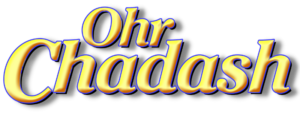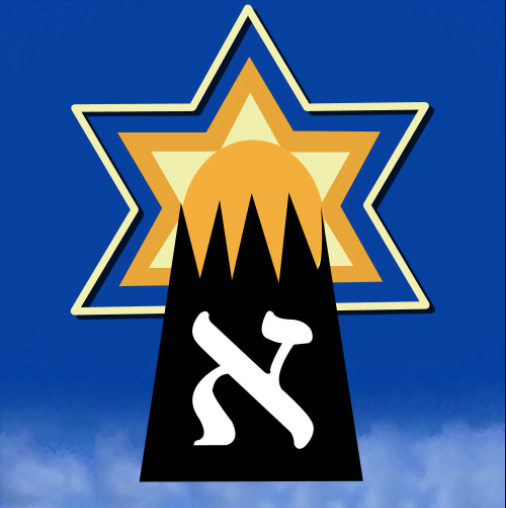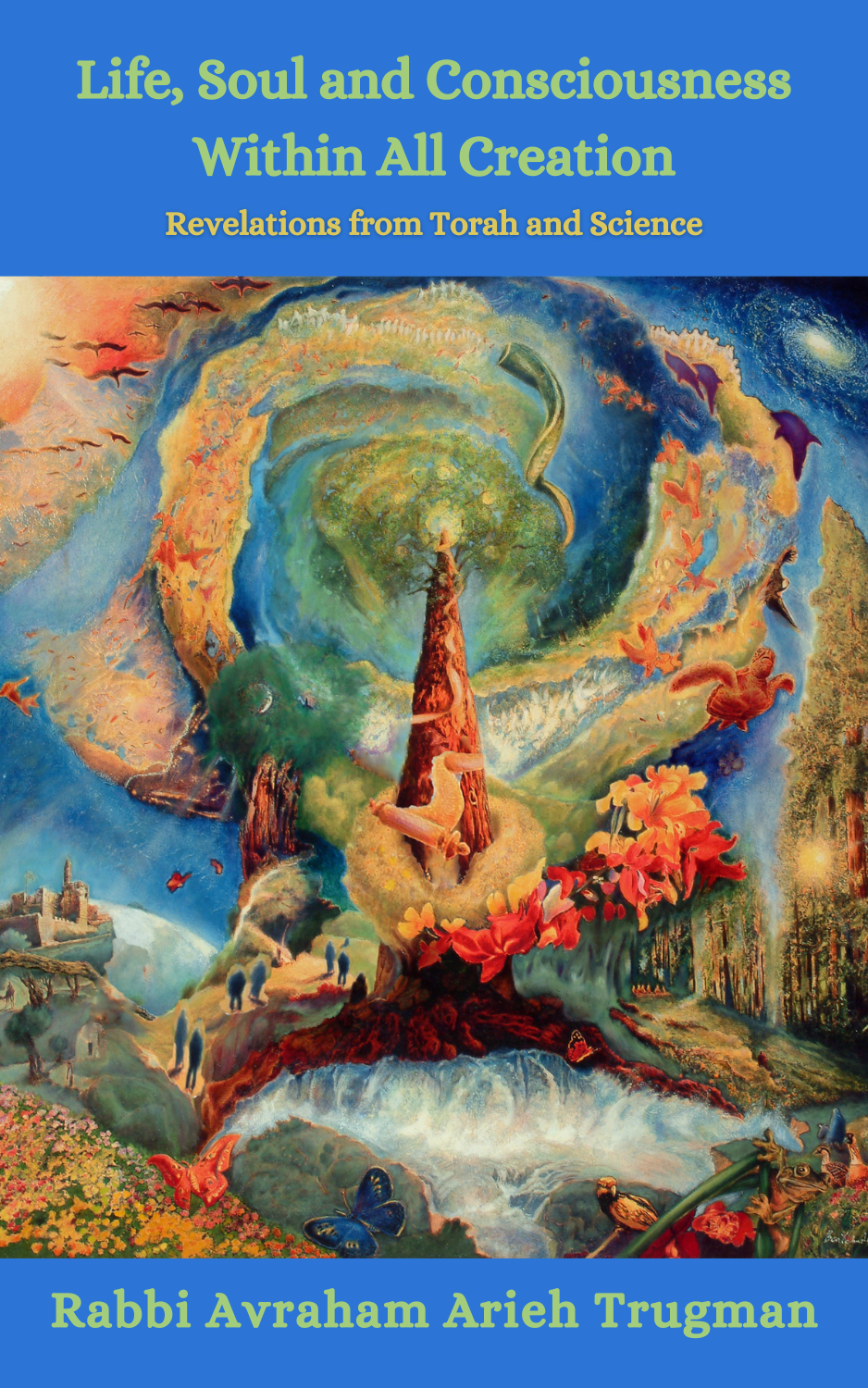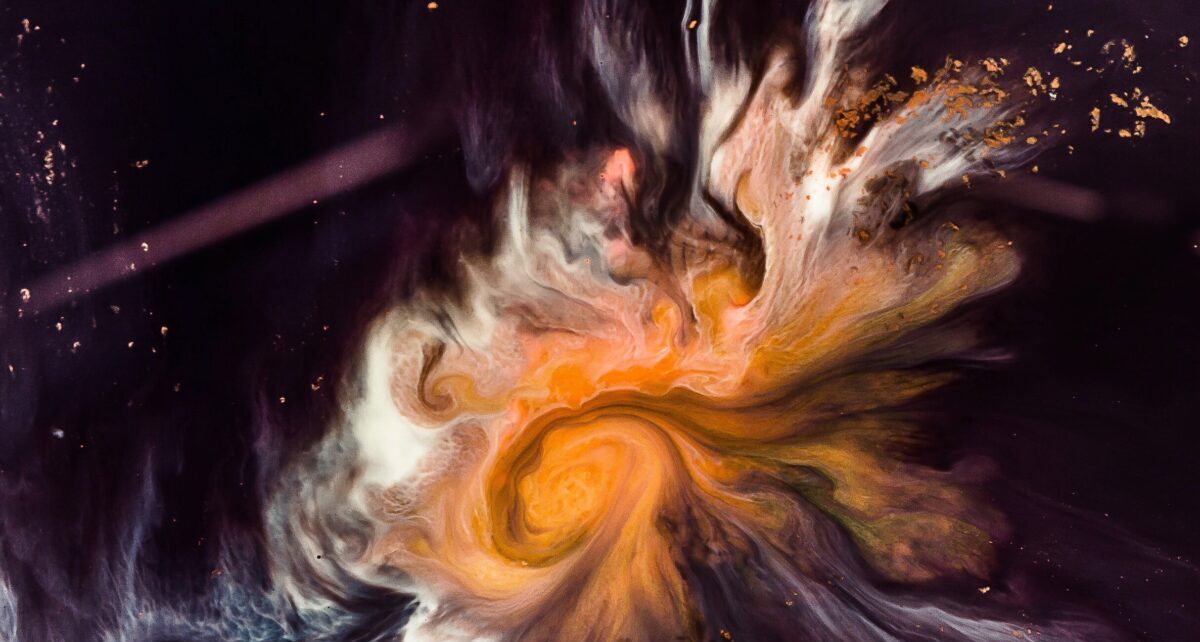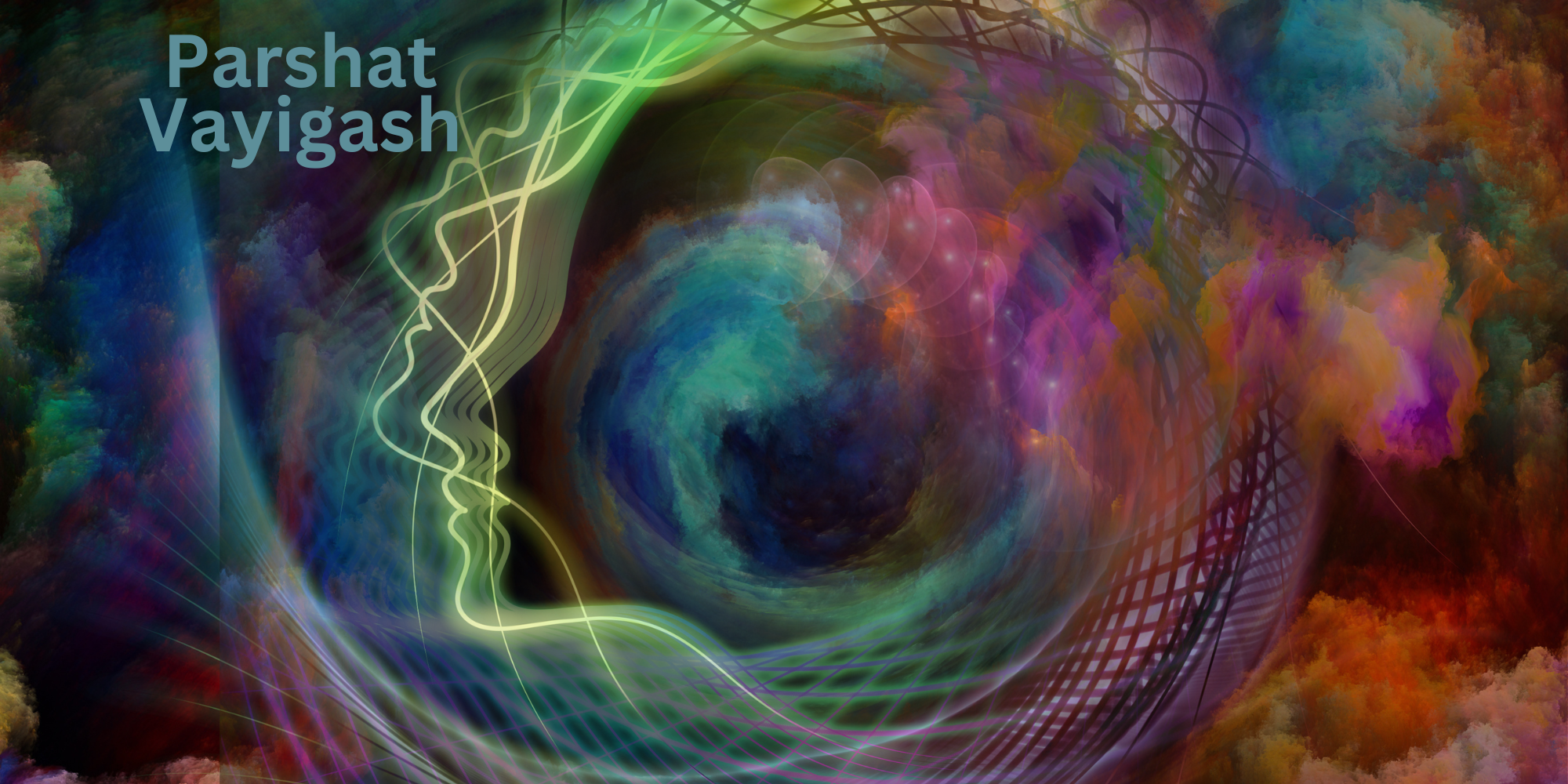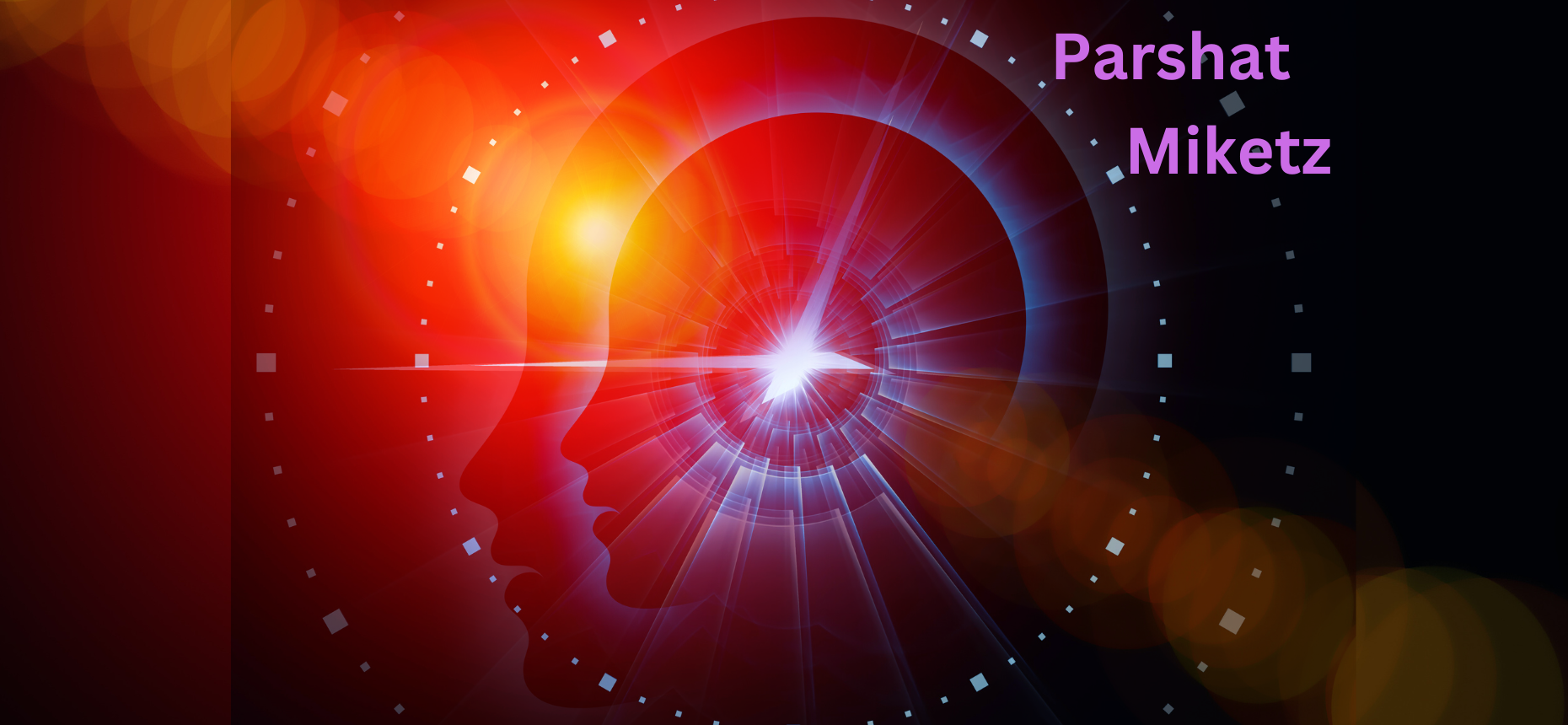Every letter in the Torah is precious and pregnant with meaning, opening up a two-way portal to connect with every other letter, word and aspect of the Torah. The name itself – Rosh Hashanah – literally means “the head of the year,” or more colloquially, the “beginning of the year.” The word rosh is closely related to the word for the twentieth letter in the Hebrew alphabet, reish. Therefore, by seeking to understanding more about the letter reish, we will come to understand many concealed and complementary aspects of this holiday.
Within the three letters of the name reish, two of them (the yod and shin) form the root in Hebrew for ego, yeishut. There is no doubt that a major portion of the spiritual work of the month of Elul, and indeed through all the holidays of Tishrei, is to clarify, rectify and integrate the ego within a larger spiritual structure of self. The word in Hebrew for clarification is birrur, containing two reishes. Having an ego is part and parcel of the human condition, and when it is properly channeled, can be a positive instigator of accomplishment, progress and great good. However, we all know what happens when the lower instincts of our ego call the shots – it is a recipe for selfish desire, baseless hatred, and uncontrollable hunger for power and control. Rosh Hashanah is the time to put our house in order, alluding to the letter beit which means house, by making sure that we are using our head, the reish, and allowing our higher consciousness to rule over the ego, rather than the other way around. That way, even our ego can become a medium through which the Divine soul can assert itself and shine out into the world and into our lives.
A unique aspect of the letter reish is that it connotes all three qualities of beginning, middle and end. There is no other letter that has all of these aspects, as we will now explain. One of the meanings of the letter reish is “beginning” (as in Rosh Hashanah, the Beginning [in the sense of Head] of the Year). Yet, the letter reish also comes near the very end of the Hebrew alphabet. The beginning of each year does not appear out of a vacuum, it is born from the thoughts, speech, and actions of our previous year. Thus, Rosh Hashanah symbolizes the enigmatic saying from the Sefer Yetzirah (1:7): “the end is en-wedged in the beginning and the beginning and the end.” In fact, the “judgment” of Rosh Hashanah is very much based on the previous year, as our present and future depends in great measure on our relationship to our past. Rosh Hashanah is a time to tie up loose ends from the last year and open up to change, healing and the novel energy of a New Year.
In addition to being connected to both the beginning and the end, the letter reish is also connected with the middle. The numerical value of the letter reish equals 200, the exact midpoint of the numerical values of the letters from alef (the first letter, equaling one) to tav (the last letter, equaling 400). This phenomenon of the letter reish being connected to the beginning, middle and end is alluded to in a verse from the Psalms (91:1): “The one who sits in the refuge of the Most High, he shall dwell in the shadow of the Almighty…” The word in Hebrew for “refuge” is seter. The letters samach, tav and reish are the first letters of the three words — sof, “end,” toch, “middle,” reish, “beginning.” In other words, he or she who trusts in and connects to God as their source of strength and place of refuge at the beginning, middle and end of everything they do or experience, that person will always have the reassuring feeling of being in God’s protecting shadow.
Yet, the idea of the letter reish being connected somehow to the middle point reflects a much deeper dimension of Rosh Hashanah than just the end of one year and the beginning of another. The Arizal explains that when God wanted to create the world he had to contract His infinite light in order to make space for a finite reality that had the appearance of being independent. This creative contraction is called tzimzum, and its result was the creation of a seeming vacuum in which the worlds, both spiritual and physical, could be created and continue to exist. The Arizal further explains that into this seeming vacuum God shone a singular ray of light into the middle of the vacated space. From this middle point of concentrated light, all reality came into being. Since Rosh Hashanah commemorates not only the New Year, but creation itself, as well as the Divine creative process that brought it all into being, this middle point is once again accessible as we approach the eternal moment of creation.
Through prayer, deep introspection and an open heart we are urged and invited to re-center ourselves within this primordial middle point of creation – which, when translated into personal terms – means to connect with the essence of our own soul, “an actual part of God above,” as taught by the Ba’al Shem Tov and all subsequent teachers of Chassidut. This middle point is sometimes termed the “pintele yid,” the essential point of a Jew – or even deeper – the point of Godliness within every human heart and consciousness, no matter how hidden or unrealized. When hearing the awesome sounds of the shofar, we can envision them as Divine rays of light piercing through the darkness and streaming into the middle point of our very essence in order to birth a New Year, a new creation, a new YOU!
One final relevant meaning of the word for the letter reish is “poor.” This concept is connected to the actual form of the letter reish, which can be envisioned as a figure bent over, shoulders hunched, head hung low. Rosh Hashanah, when we once again coronate God as King of the Universe, is a time of true existential humility in the face of an infinite God and Sovereign. Yet, the bent over form of the letter reish also indicates, as it were, God “bending over” in order to relate to a finite and somewhat blemished world. The Talmud states: “in every place that you find God’s greatness, you will find His humbleness” (Megillah 31a). It is hard for us to understand how and why an infinite, omniscient and perfect Divine being would want to relate to a limited material world such as ours. Yet, we are taught that God desired to have a dwelling place in the lower worlds (Midrash Tanchuma Naso 16). On Rosh Hashanah, when we crown God as our King in humility and loyalty, it is an auspicious time to contemplate this great and mysterious paradox, which runs through the beginning, the middle and end of every point of time, space and soul.
